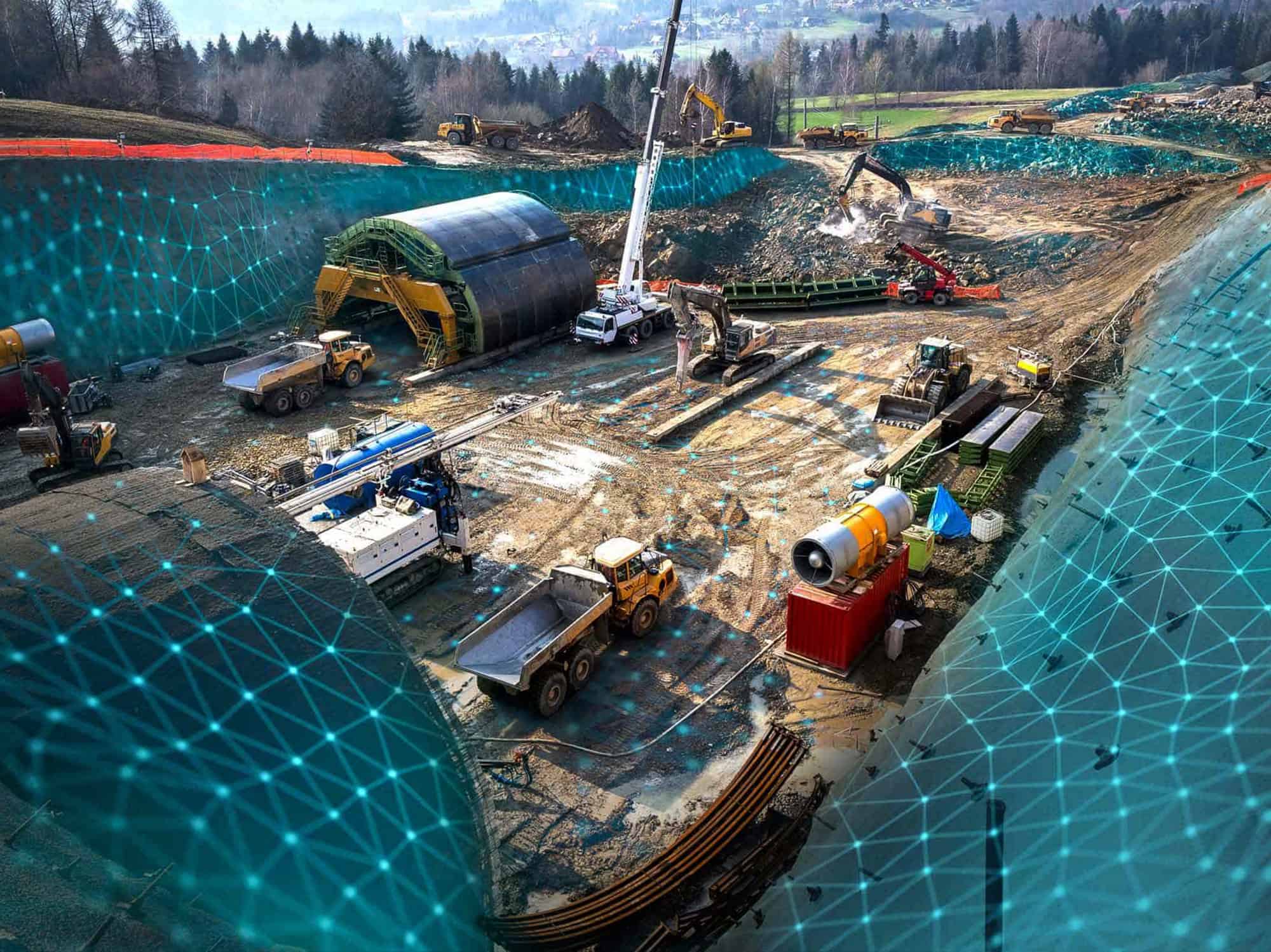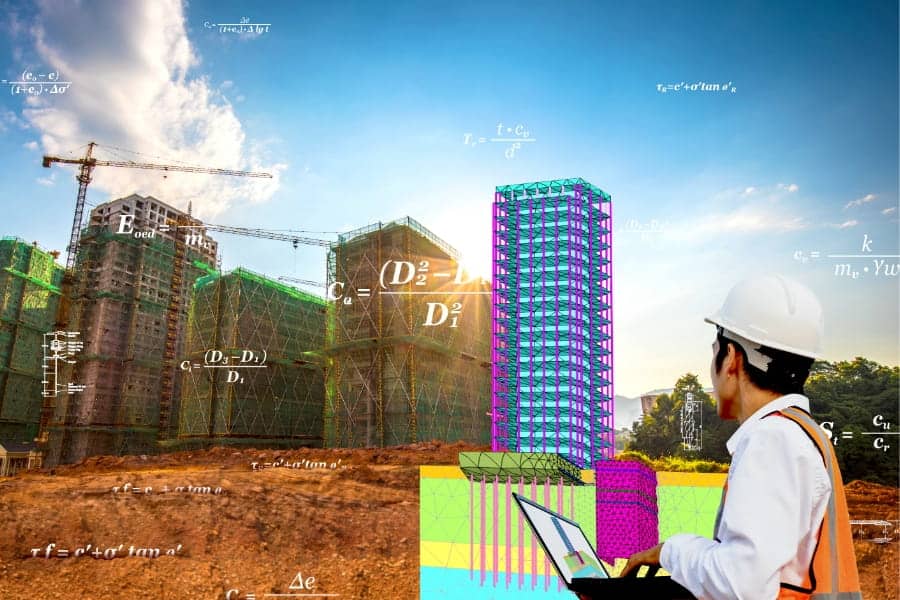Location: Lazio, Italy
Project
Fiumicino lies in the coastal area next to Rome, Italy and it is well-known worldwide for being the largest airport in Italy. A large fleet of fishing vessels are moored in Fiumicino, along the embankments near the mouth of the Tiber River and as a result it needs a safer and larger infrastructure for all the related activities. Aiming also to develop an important Ro-Ro and Ro-Pax traffic, a comfortable cruise-ship hub and large shipyard areas, the local Port System Authority commissioned Acquatecno S.r.l. (leading company in coastal engineering, port planning and design of maritime structures) to develop the project of a new commercial port. The new port will be built on the northern side of the Tiber delta in a coastal area that needs regeneration and redevelopment.
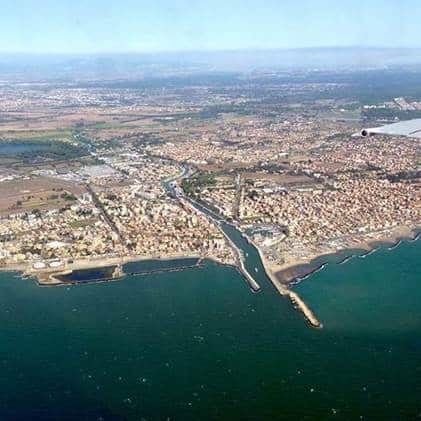 |
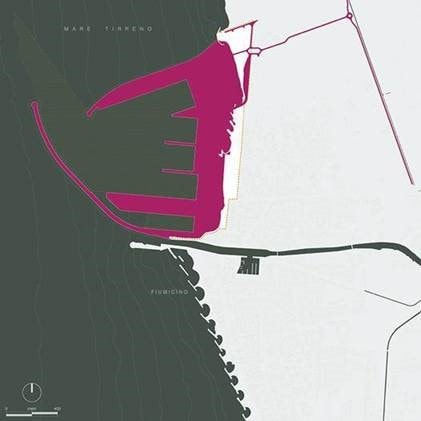 |
Challenge
Assessing the geotechnical stability of the project location was crucial.
The project location is within two rubble-mound breakwaters. Armours made of rocks and concrete blocks (antifers) are applied in combination with a core made of tout-venant. Quays and docks, designed along the internal side of those structures, are configured as sheet piles walls. Dredging is also needed to provide the right water depth in each area of the harbour. The first portion of the new port to be funded and built will be the southern one, designed specifically for fishing vessels.
“Plaxis 2D was used by engineers to develop the geotechnical analyses. All the technical documents and reports explaining the important geotechnical design aspects, including many of the output graphs and figures were generated by the software. This clarity was crucial to explain and justify most of the design choices and the cost of the work.”
– Alberto Marconi, Civil & Maritime Engineer, Acquatecno S.R.L
Solution
Detailed soil investigations were performed in order to collect a proper amount of information about stratigraphy, geological/geotechnical characteristics and mechanical parameters of each soil layer. The estimation of the displacements of the structures (both in drained and undrained conditions) was developed carefully, and affected the design of each cross-section of breakwaters and quays (the crest height and the overall volume of the structures, specifically). The calculation of the safety factor, referred to the geotechnical and structural stability, was also performed for every representative cross-section of the whole infrastructure, in order to satisfy every single point of the national technical guidelines about civil constructions. Stress distribution of any kind (vertical, horizontal, principal, effective, etc.) along the structures was also estimated, with high level of precision.
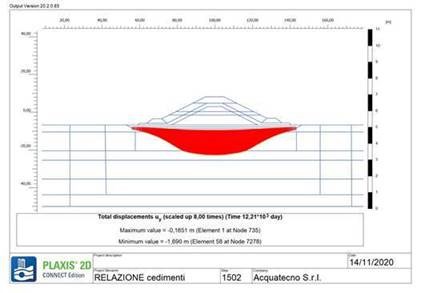
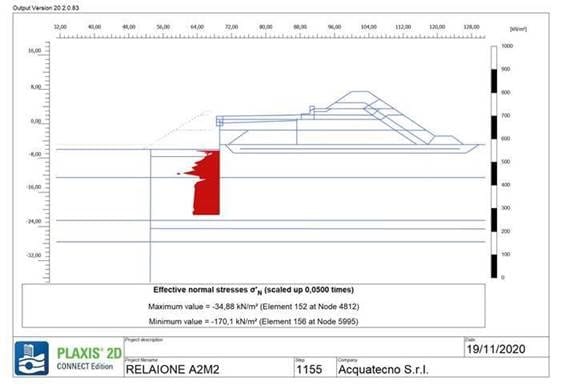
This was accomplished with the Virtuoso Subscription offered by Virtuosity, a Bentley company. Acquatecno S.r.l. purchased a practitioner license of PLAXIS and since every Bentley software purchase through Virtuosity comes as a bundle with “Keys” or training credits, Acquatecno S.r.l. was able to take advantage of the expert services and mentoring they needed to conquer the project at hand.
“We used Virtuosity’s mentoring service to obtain more reliable results when performing the safety analysis. At first some of our models were showing irrelevant mechanism ahead of the actual failure. Furthermore, if compared with other models of our project, e.g. where actual mechanisms of collapse were displayed, the results were inconsistent with lower factors of safety.
The mentoring service helped us promptly and effectively by suggesting some modelling tricks in conjunction with numerical settings to get around the issue.”
– Paolo Manfredi, Civil & Maritime Engineer
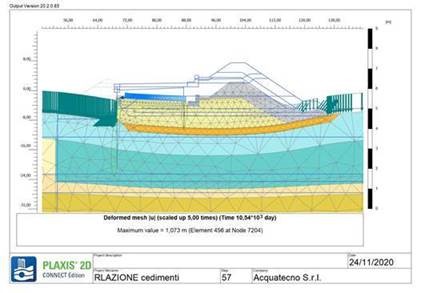 |
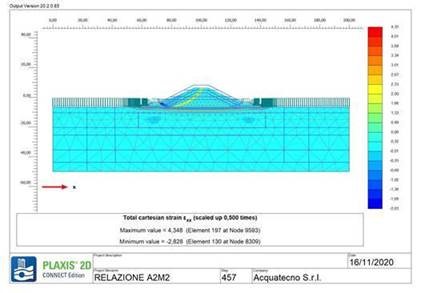 |
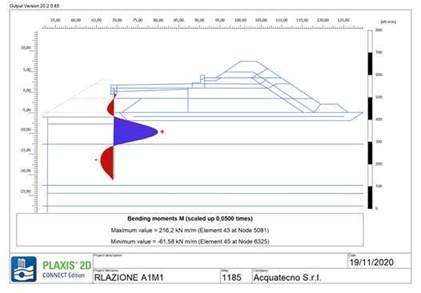 |
